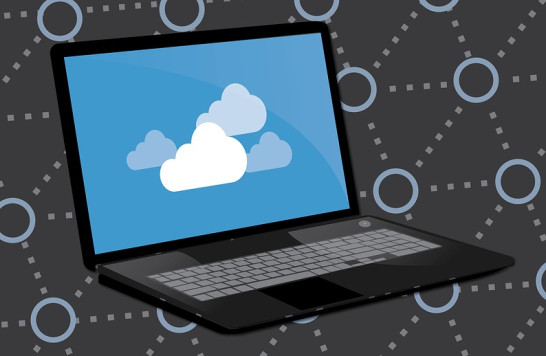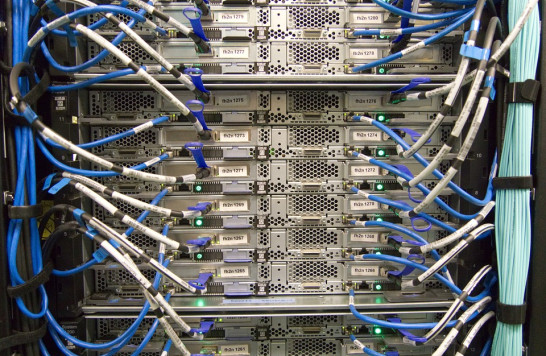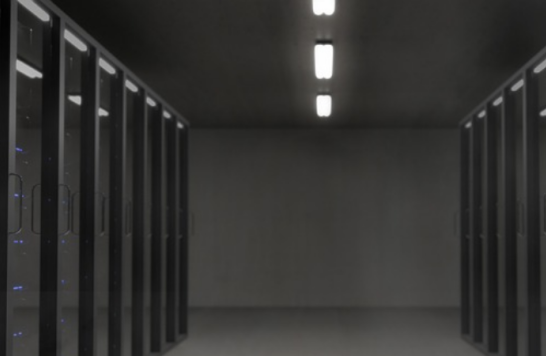Resources
-
Hybrid Cloud and Why It Matters
Hybrid cloud architectures have grown greatly in popularity over the past few years. For some businesses, they're a good way to balance the economy and scalability of public cloud services with the extra control and security which private clouds and on-premises servers offer. For others, they're a natural migration path from on-premises services to cloud services. Combining approaches allows an easier transition than an all-or-nothing jump.
-
Setting up a Server for a Small/Medium Business
All offices except the very smallest can benefit from a server. It makes information available to everyone. Keeping company information on someone's desktop machine works up to a point, but it's inconvenient and risky. At some point, a server becomes the next logical step in a business's IT growth. Later on, as the business keeps growing, an upgrade to a more powerful server may be in order.
-
What is Network Security monitoring?
Monitoring is an important aspect of network security. It lets your IT department discover attacks, intrusions, and other abnormal traffic quickly. This lets administrators stop threats before they can do much damage, or even before they can gain a foothold. Keeping a network secure requires a multilayered strategy. Anti-malware software and firewalls should keep the large majority of threats from touching the network, but nothing is 100% effective. Monitoring helps to catch any threats that make it past their defenses and get into the network or threaten to.
-
Network Security Compliance: Which Regulations Apply to Me?
The array of regulations and standards which businesses have to follow can be bewildering. Not everyone has to follow every requirement, but doubts about what you may have missed always linger. Making matters worse, many of these requirements are written by and for lawyers, not technical people. Figuring out what they actually demand sometimes seems to require psychic powers.
-
Top Trends in Endpoint Security for 2020
Endpoint devices are on the front lines in network security. They're the ones that connect directly to the Internet. Email phishing, remote login attempts, hostile Web pages, and port scans are just some of the attacks they're regularly subject to. Once they're compromised, they become the launching point for attacks on the network's internals.
-
Information Security, Cybersecurity, and Network Security
The terminology of security can be confusing, and people don't always use its terms precisely. Getting them right isn't just a matter of nitpicking; it helps you to understand and communicate. When people think they're talking about the same issue but they aren't, it takes extra time to get everyone on the same track.
-
A 6 Step Guide for Network Security Assessment
How well protected is your network against outside and inside threats? You don't know until you've conducted a network security assessment. It takes some effort, but it will uncover weaknesses that you can fix. The cost of assessing your security status is much less than the cost of a breach.
-
Testing Your Firewall
Your firewall is a critical part of network security. It minimizes the ways an outsider can get at your systems and do damage. People can get in only through the "front door," through the website and whatever other services you decide to make public. A server's default configuration may open many ports without giving them adequate security. Without a firewall, intruders can access services you didn't even know existed. From there, they can find weaknesses that let them steal data or destroy your files. A firewall protects devices by allowing only specific ports and protocols. It can block known malicious IP addresses or even limit access to authorized ones.
-
IBM and Nutanix Deliver Hyperconverged Infrastructure on Power Systems
On-premises private clouds offer enterprises an extra measure of control and security, together with most of the advantages of public cloud services. One factor which sometimes stands in the way is ease of operation. With the hyperconverged infrastructure from Nutanix, running on IBM Power Systems, the private cloud approach is as easy to manage as a public cloud system. The first release was announced in July 2017 and has already gained broad acceptance.
-
What is Software-Defined Storage (SDS)?
Software-Defined Storage (SDS) is necessarily a data storage center which separates the management and provision of software from the physical hardware. It works in a way similar to server and network visualization. Today, SDS is replacing clunky, oversized hard drives and other stationary storage devices with more modern, agile, and versatile solutions. SDS is a more intelligent technology that has been designed to work and keep up with the business world's increasing demand for speed and efficiency. Implementing SDS technologies in your business can help improve your ability to keep up with today's increasing business demands.
Questions?
Are you ready to make the most of IT? Schedule a call with an expert today.
Call 877-591-4015 or REQUEST A FREE CONSULTATION









